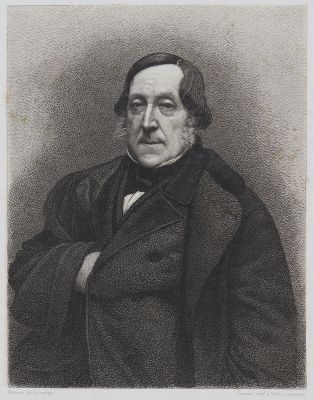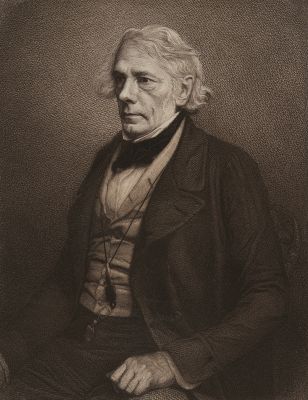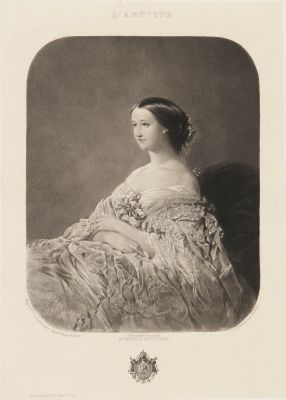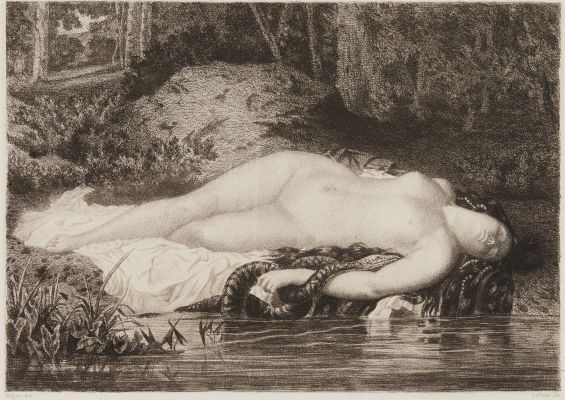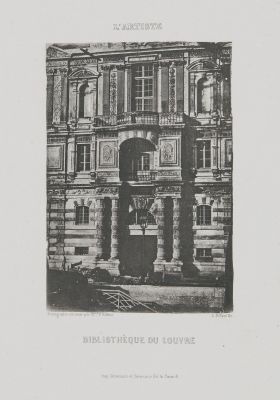
Title
Jules JaninArtist
Nadar (Gaspard-Félix Tournachon) (French, 1820-1910)Publication
L'ArtisteDate
1857Process
Engraving (from photograph)Image Size
16 x 20.5 cm
L’Artiste was a weekly illustrated review published in Paris from 1831 to 1904. It touted itself as …the richest single source of contemporary commentary on artists, exhibitions and trends from the Romantic era to the end of the nineteenth century. With the mission of unifying the arts, it represented a direct testimony of the Parisian artistic evolution.
French novelist and poet Arsène Houssaye purchased L’Artist in 1843. In 1856, Édouard Houssaye, Arsène’s brother, along with co-editor Xavier Aubryet evolved the magazine into a “museum of engraving.” In the July 6, 1856 the co-editors declared a new emphasis on the journal’s engravings …the engravings that accompany the text will be especially the object of our care. The goal was a level of quality that will allow the entire public to enjoy what seems destined only for the privileged, because engraving does for the picture what the printing press does for the book; make known the successive riches of museums and private collections, in France and abroad.
This portrait is one of several large engravings that appeared in the L’Artiste in late 1850s and early 1860s. They were most skillfully made after photographs by the leading Parisian portrait photographers of the day, primarily Nadar (Gaspard-Félix Tournachon) and Étienne Carjat.
Often referred to as the prince of critics, theater critic, novelist, and literary historian Jules Janin was an amazingly prolific French writer of the mid-1800s, now all but forgotten. In conversation he attributed his forty-year success to his having changed his mind every fifteen days, thus continuing to surprise the attentive audience of his weekly theatrical reviews. [1]
References
[1] https://www.getty.edu/art/collection/object/1044WE cited 02/26/23
Houssaye, Édouard et Xavier Aubryet, " Aux lecteurs de L’Artiste ", L’Artiste ( 6 juillet 1856), 1-5.
